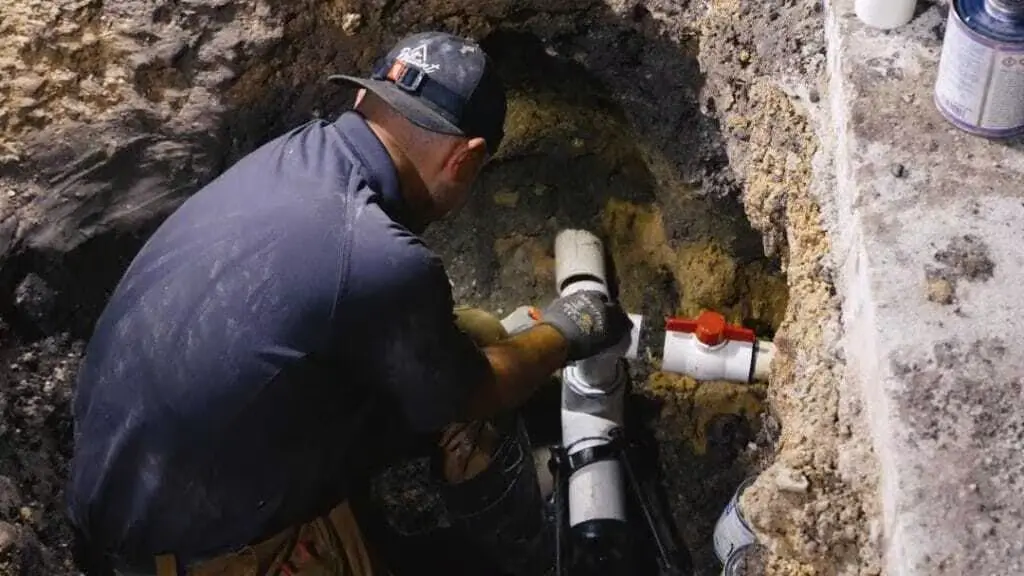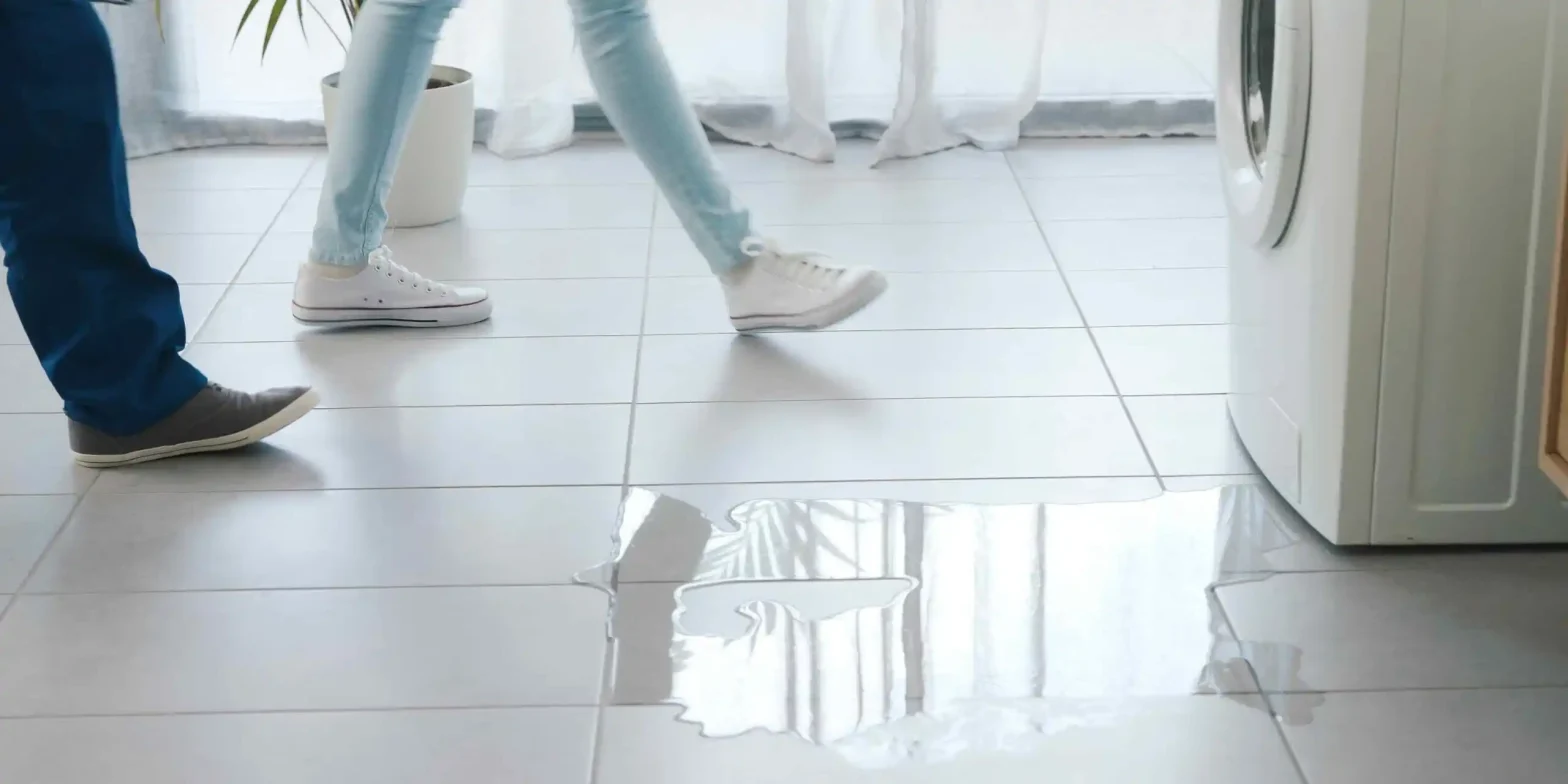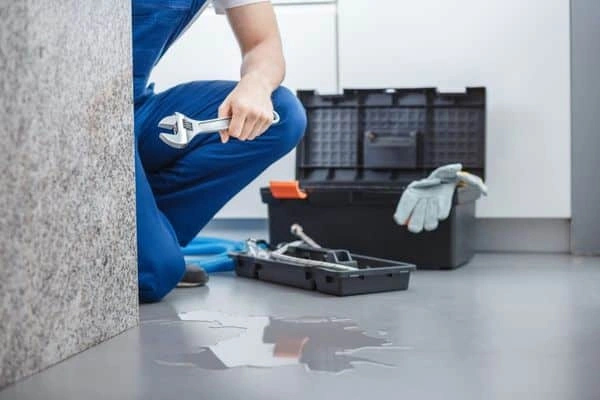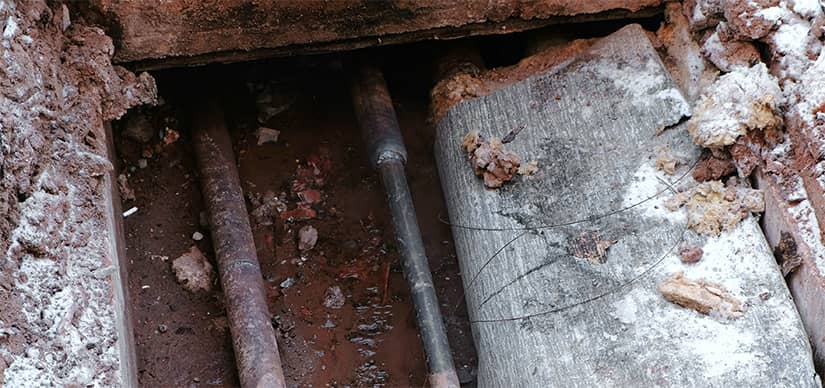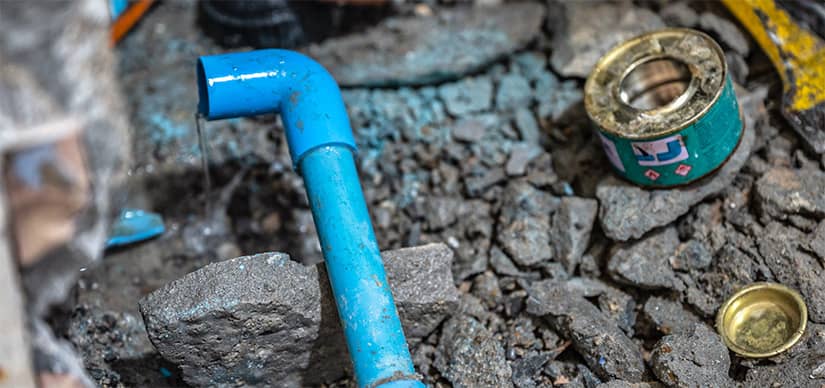Slab Leak Repair Methods: Which One is Best for Your Home?
A slab leak is one of the most serious plumbing problems a homeowner can face. The leak starts in a water line buried beneath the concrete foundation, then quietly erodes soil, stains flooring, and spikes water bills. If left alone, it threatens the very structure that holds your home together. The good news is that modern plumbing gives you more choices than ever for solving the issue. The correct method depends on where the leak sits, how healthy the rest of your pipes are, and how much disruption you can tolerate during repairs. Below is a clear look at the four main repair approaches, followed by guidance on why speed matters and answers to common questions, written in plain, friendly language so you can make an informed decision.
Spot Repair: A Precise Fix for a Single Trouble Spot
Think of spot repair as surgery with a small incision. Using sound-sensing gear or heat-detecting cameras, a plumber pinpoints the exact break in the line. They then cut a neat opening in the slab, reach the pipe, replace the damaged section, and patch the concrete again. Because only a tiny area is disturbed, this option is the quickest and least expensive, perfect for newer homes or for the first time a pipe springs a leak. The job often finishes in one day, leaving most of your flooring untouched. If the rest of your plumbing looks strong and you are not dealing with multiple weak spots, a spot repair can solve the problem and let you get back to everyday life fast.
Re-Piping or Rerouting: A Fresh Start for Aging Plumbing
Older pipes can corrode from the inside, forming thin spots that burst without warning. When tests show that more than one line is at risk, or if a single slab leak keeps coming back, rerouting or re-piping replaces guesswork with a long-term solution. Instead of tearing through the foundation repeatedly, plumbers install new water lines through walls, attics, or along the outside of your slab. The old buried pipe is abandoned, removing future headaches. This fix costs more up front and may take several days, but it adds decades of reliable service and often raises the value of an older house. Licensed professionals map out the most direct path for new lines, plan around structural beams, and make sure every connection meets current codes.
Epoxy Pipe Lining: A Seamless Pipe Inside the Pipe
Sometimes the original line is still basically solid except for one worn patch. In those cases, cured-in-place pipe lining, often called CIPP, creates a brand-new pipe within the old one. A crew cleans the interior, pushes a felt sleeve soaked in liquid epoxy through the pipe, then inflates it. The resin hardens in a few hours, forming a smooth, watertight surface that seals cracks and tiny holes: no digging, no concrete dust, and no days of downtime. Epoxy lining works best when the pipe keeps its shape and has room to feed in the liner. Because this method needs special training and tools, choose a plumber who can show photos or references from previous trenchless repairs. For the right situation, epoxy saves floors, shortens labor time, and extends the life of your plumbing without heavy construction.
Tunneling: Protecting Premium Floors from Above
Many homes feature hardwood, patterned tile, or radiant-heat concrete that owners do not want disturbed. In those cases, tunneling solves the leak from below. Workers dig a narrow passage under the foundation from the outside and reach the damaged pipe without cutting through interior surfaces. Once the repair is finished, they backfill and tamp the soil, leaving floors and walls intact. Tunneling takes more planning and labor and can stretch over several days, yet it preserves high-end finishes that would cost far more to replace. Because excavation happens near load-bearing areas, only hire a team that understands soil stability and foundation support so your home stays safe during and after the dig.
Why Early Action Is Non-Negotiable
Slab leaks rarely stay small. Even a slow drip can wash away soil under the foundation, causing it to sink or shift. Cracks creep across the tile, doors stick, and floors feel uneven. Moisture also seeps upward, feeding mold behind baseboards and inside insulation. The longer water spreads, the more complex and expensive the repair becomes. Early detection tools let professionals find leaks through concrete without tearing up the house, giving you more choices and lower costs. Quick repairs stop extra water charges, protect indoor air quality, and keep pests from nesting in damp cavities. Acting fast is less about fixing a pipe and more about guarding the health and value of your entire home.
Recommended reading: The Dangers of DIY Slab Leak Repair
Conclusion
Slab leaks can shake your confidence in the ground beneath your feet, yet modern solutions make recovery far more straightforward than you might think. Spot repairs resolve single breaks, rerouting renews aging lines, epoxy adds a protective inner coat, and tunneling saves delicate flooring. Each method has its place, and the best choice balances cost, speed, and long-term security. All Star Plumbing specializes in advanced detection and customized repair plans. Our licensed team will inspect your leak, explain every option in clear language, and carry out the work carefully. Don’t wait until water damage spreads; call All Star Plumbing today and restore peace of mind.
Frequently Asked Questions
Q: How can I tell if there is a slab leak under my house?
A: Watch for warm or damp spots on hard floors, unexplained jumps in your water bill, faint sounds of running water when faucets are off, or new cracks in walls and tile. Any one of these signs deserves a professional look.
Q: Is it safe to stay home during repair work?
A: Yes. Plumbers isolate the work area and keep water and power disruptions brief. Non-invasive methods such as epoxy lining or rerouting cause little mess, allowing most families to remain home throughout the job.
Q: How long will the repair take?
A: A simple spot repair may take a few hours. Re-piping, epoxy lining, or tunneling can take one to four days, depending on pipe length, access, and drying or curing times.
Q: Will my homeowner’s insurance cover the cost?
A: Policies vary. Many cover water damage, but not pipe repair. Check your policy or call your agent to see what is included and whether you need approval before work begins.
Q: Which method costs the least?
A: A spot repair is usually the cheapest for a single, easy-to-reach leak. For older systems with several weak points, re-piping or epoxy lining can save money over time by preventing future leaks and repeated repairs.


